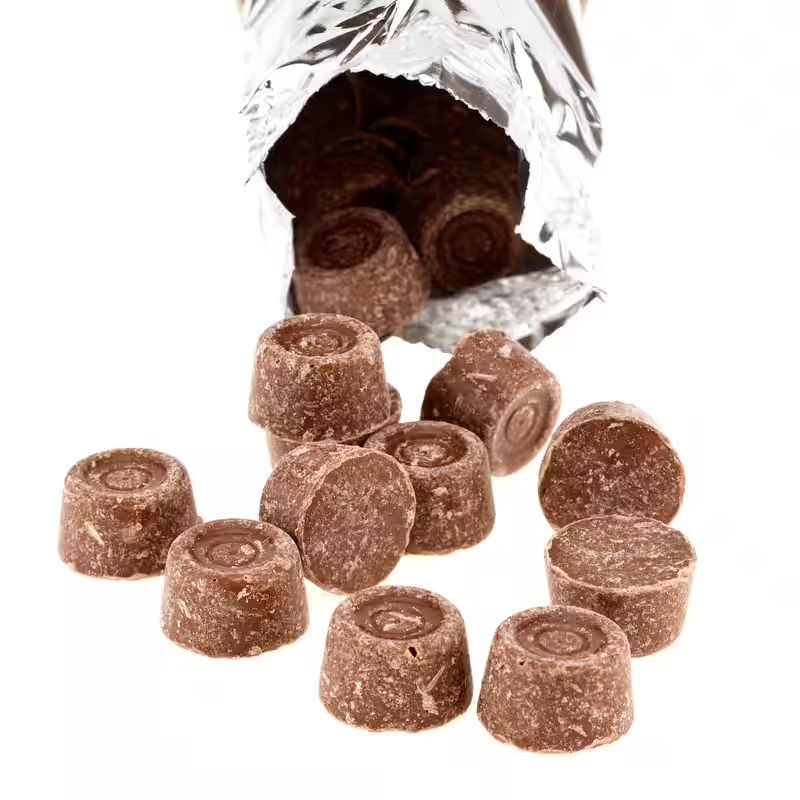If your favorite chocolate bar doesn’t taste quite the same lately, you’re not imagining things. Behind the scenes, major candy companies are quietly reducing the amount of cocoa in their products—a stealthy cost-cutting move driven by soaring cocoa prices and worsening climate conditions in West Africa, the world’s top cocoa-producing region.
Cocoa Crisis Fuels Recipe Changes
The cocoa market has been in turmoil. In 2024, global cocoa prices hit a 50-year high, more than doubling from the previous year. Blame lies with a perfect storm: prolonged droughts, swollen shoot virus outbreaks, aging trees, and political instability in Ivory Coast and Ghana—countries that supply over 60% of the world’s cocoa.
Instead of raising retail prices dramatically (which could scare off shoppers), companies like Mars, Hershey’s, and Nestlé are reformulating their products. They’re using less cocoa and more fillers like sugar, vegetable oils, milk powder, and even artificial flavors to maintain margins while keeping shelf prices stable.
How Companies Are Cutting Cocoa—Without Telling You
These changes are subtle but strategic:
- Reduced cocoa content: Some milk chocolate bars now contain as little as 25% cocoa—down from 30–35% just a few years ago.
- Added bulking agents: Palm kernel oil and shea butter are increasingly used to mimic cocoa butter’s texture.
- Smaller portion sizes: Many “fun-size” bars have quietly shrunk by 5–10%.
- Rebranded as “creamy” or “smooth”: Marketing language masks the lower cocoa intensity.
“They’re not lying—but they’re not being transparent either,” says Dr. Lena Ruiz, a food scientist at UC Davis. “The ingredient list might still say ‘chocolate,’ but the sensory experience is fundamentally different.”
Climate Change at the Heart of the Problem
The root cause isn’t corporate greed—it’s a collapsing agricultural system. Rising temperatures and erratic rainfall in West Africa have slashed yields. Farmers, many earning less than $1 a day, can’t afford to replant diseased trees or invest in irrigation.
“Climate change isn’t a future threat for cocoa—it’s happening now,” says Kwame Osei, a Ghanaian agronomist. “If nothing changes, we could see a 40% drop in global cocoa supply by 2030.”
What This Means for Consumers
Most shoppers won’t notice the shift immediately—especially in highly sweetened products like candy bars. But dark chocolate lovers and connoisseurs are already sounding alarms. Online forums are filled with complaints: “My go-to bar tastes waxy now,” or “It’s all sugar, no depth.”
Independent chocolatiers, meanwhile, are struggling to afford premium beans. Some have raised prices by 20–30%, while others have paused production entirely.
| Brand (Example) | 2020 Cocoa % | 2025 Estimated Cocoa % | Key Additives Added |
|---|---|---|---|
| Major Milk Chocolate Bar A | 32% | 26% | Palm kernel oil, vanillin |
| Popular Dark Chocolate B | 55% | 48% | Shea butter, soy lecithin (increased) |
| Budget Candy C | 28% | 22% | Artificial chocolate flavor |
Is There a Way Back to Real Chocolate?
Some companies are investing in sustainable sourcing and farmer support programs—but these efforts are long-term and expensive. In the short term, consumers who want authentic cocoa content should look for labels like “single-origin,” “bean-to-bar,” or “minimum 70% cocoa.”
“Read the ingredients,” advises food policy expert Maya Chen. “If sugar is listed before cocoa, you’re eating candy—not chocolate.”
Sources
The New York Times: Candy Companies Are Quietly Cutting Down on Cocoa to Save Money




